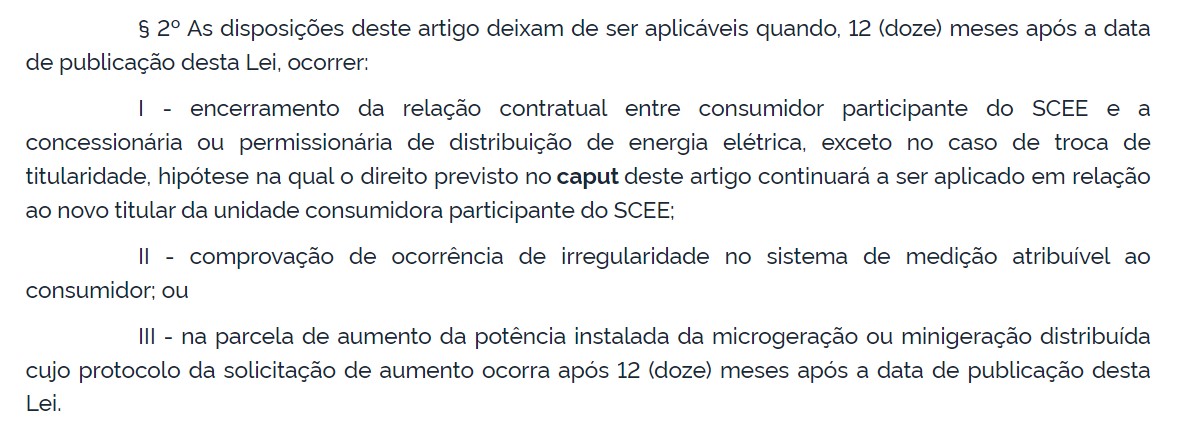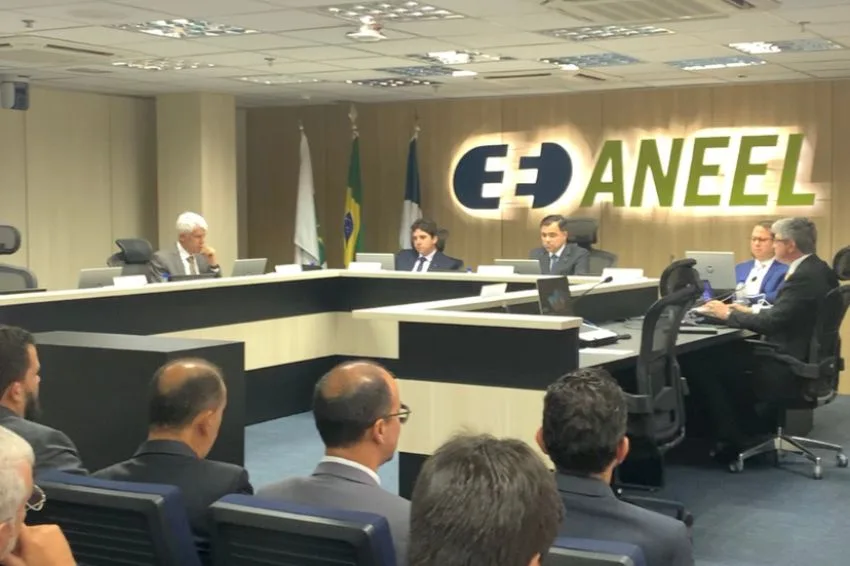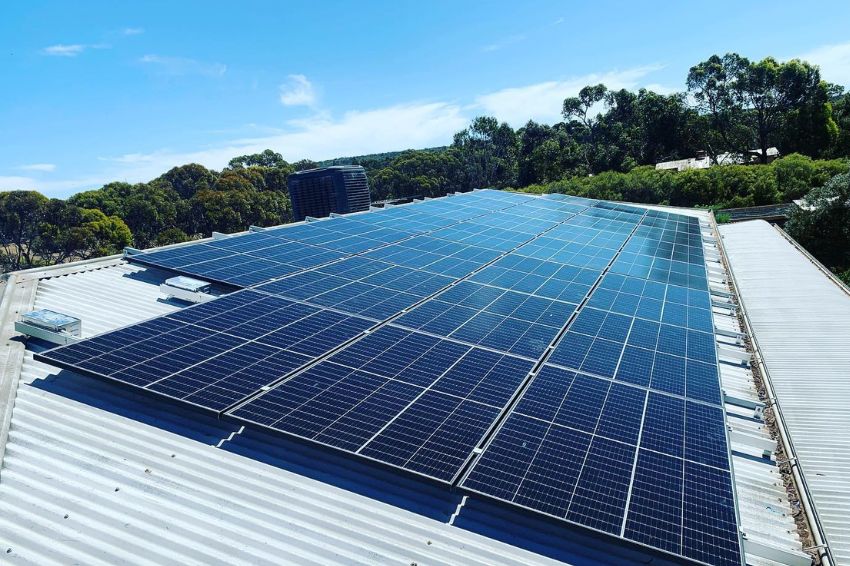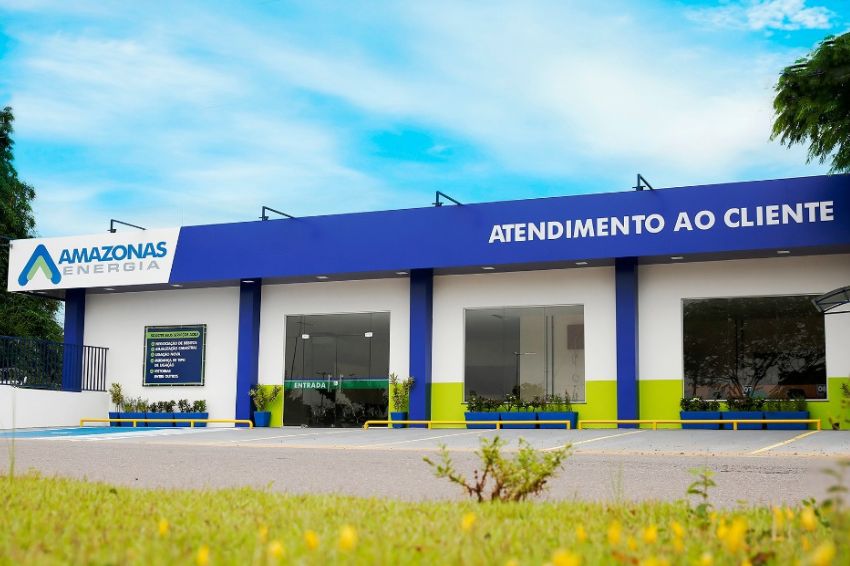On January 7, 2022, the president Jair Bolsonaro (PL) sanctioned Law 14,300, creating its own legislation for the DG (distributed generation) segment in Brazil. The new law, however, provides for a transition period for projects requested within 12 months of publication of the law.
It's the call vacancy period, in which all systems already installed or whose access request occurs until January 6, 2023, will be valid until December 31, 2045, within the compensation rules provided for in Resolution 482/2012 (Normative Resolution No. 482/2012).
However, a question that many market professionals and readers of Solar Channel has been presenting is: consumers who have systems installed before the transition date and decide increase their power by installing more solar panels after the vacancy ends, will they start to operate within or outside the rules set out in Law 14,300?
To answer this question, the Solar Channel talked to Pedro Dante, partner in the energy and infrastructure area of Lefosse Lawyers, who explained that the key point of the issue is in Article 26 of Law 14,300, more precisely in paragraph 2, item III.

Read too
According to the lawyer, in cases like this, the Analysis of the Law makes it clear that new systems installed after the vacancy period will fit within the rules of the new law, with a view to the end of the 12-month transition period.
“In other words, if I have a system in DG and decide that I am going to increase the power, but this increase takes place after the 12-month period from the publication of the Law, this portion of the increase in power becomes that of the new rule, which is starts on January 7, 2023”, explains Dante.
System expansion: how will the meter identify?
Asked about how the consumer unit's meter will recognize the origin of the energy generated by each of the systems, Dante highlighted that the new legislation does not specify anything on the subject. According to him, the definition is up to the ANEEL (National Energy Agency Electrical). “I believe that the Agency will detail this matter when defining the valuation of GD benefits,” said Dante.
O Solar Channel also discussed the subject with Bernardo Marangon, electrical engineer and company director Exact Energy, who said the same as Dante. “In my view, I think proportionality would be a solution, that is, if you have an 8 kW plant and expand it to 10 kW then 80% of the injected energy would be used under one rule and 20% the new rule”, he highlighted.
“It is worth noting that the customer can opt for a larger inverter. And, if you add more panels, there will be no expansion in the distributor's vision as the AC power will remain the same. Another important point is the adaptation of the distributor's system, which will also be quite complicated”, highlighted Marangon.

















10 Responses
Hi, I have a question, a project was created and submitted to EDP Espírito Santo. After this process, it was identified that the wrong consumer unit number was entered. Is it possible to make this edit with the operator? Or is it mandatory to come up with a new project with the new law? Remember that the project was entirely made for the right unit... having nothing to do with the consumer unit entered in the project. Can anyone help me with this.
Good afternoon, I applied for the EDP Bandeirante project, it has already been approved, could you tell me if the system is installed after January 5th would it be included in the taxation? Even though it is already approved?
Hello, Jefferson, how are you? If approved before the law comes into force, in theory it is for the project to continue at current rates
If I make a project compatible with the consumer unit, according to the standard power, for example 10kw, and only get 3kw, and then increase it, the solar system, once the new law is in force, would have to pay the fee, since I didn't increase it the load and I didn't even modify the project
Hello Antonio, how are you? any change after the new law falls within the same
Good morning! In the case of an expansion where panels and another inverter are installed, is it necessary to request an inspection after approval?
Hey guys. I have a doubt. According to RN 482, if the customer wants to increase power at the plant, they must submit a new project to the concessionaire. In my case I want to add more modules and stay with the same inverter. Is a new project also necessary under law 14300?
It is a fact that when expanding a PV plant, the current contract will probably be replaced by the new contract. If these details are not clear in this new contract, the customer may automatically lose their acquired right to exemption, passing 100% from generation to 14300. Another thing, at the end of the article they talk about installing a larger inverter to be able to increase plates without changing the contract, in MG this is not possible, as Cemig does consider the new power of the plates after the increase.
Very good article Henrique… If you know, I would also like explanations about changes in ownership (CPF/CNPJ) of an installation with distributed generation already implemented. Will the new owner continue with the old rule or switch to the new one? CEMIG was unable to answer me after about 3 questions.
Thanks!
Ok, but in practice I have part of the energy generated that is concomitant consumption and part that I inject into the grid. How to define whether what was concomitant consumption refers to energy generated by the previous system or by the complementation?
The first answer is that you could create a percentage scheme, maintaining proportionality. However, if I have a system with 20 panels in the north water and now I complement it with 20 panels in the south water, depending on the irradiance the previous system is generating more. For example, the 20 north water panels are responsible for 60% of energy generation, and in kwp they represent exactly half of the system. If they tax half of the energy generated, it is wrong.
The only certainty I have is that lawyers will not be left without work.